Home>Articles>How To Select The Appropriate Electrical Cord For Your Needs
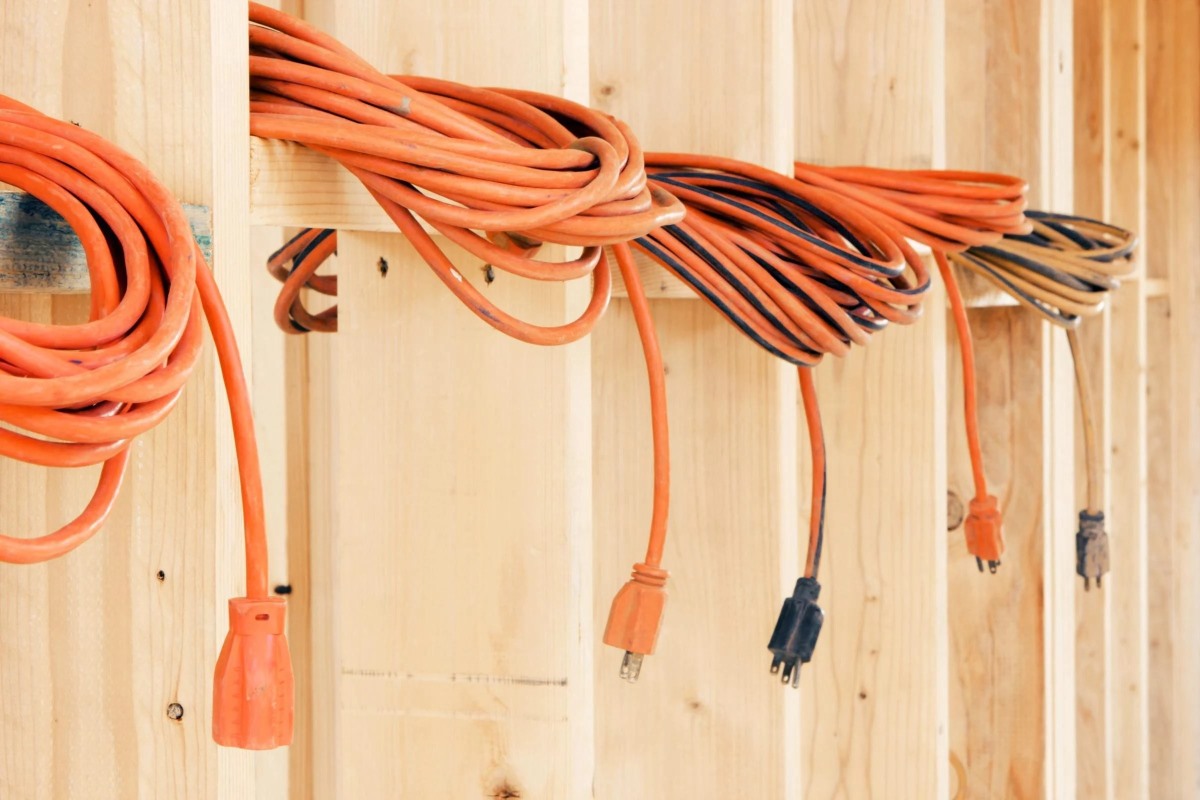

Articles
How To Select The Appropriate Electrical Cord For Your Needs
Modified: December 7, 2023
Discover the best articles on electrical cords and find out which type is recommended for your specific needs. Get expert advice and make informed decisions.
(Many of the links in this article redirect to a specific reviewed product. Your purchase of these products through affiliate links helps to generate commission for Storables.com, at no extra cost. Learn more)
Introduction
Electrical cords are an essential part of our daily lives. Whether it’s for powering our electronic devices, lighting up our homes, or operating power tools, electrical cords play a crucial role in delivering electricity safely and efficiently. However, not all electrical cords are created equal, and it’s important to choose the right cord for specific applications to ensure optimal performance and safety.
In this article, we will delve into the world of electrical cords, discussing the factors you should consider when choosing one and providing recommendations for the best electrical cord specifications. Additionally, we will highlight important safety precautions to follow when using electrical cords to prevent accidents and ensure the well-being of yourself and others.
Understanding electrical cords and their different types and characteristics can be overwhelming, especially with the abundance of options available in the market. That’s why it’s crucial to educate yourself on the subject and make informed decisions to meet your specific needs.
Whether you’re an avid DIY enthusiast, a professional tradesperson, or simply someone who wants to ensure electrical safety in your home, this article aims to equip you with the knowledge you need to make the right choice when it comes to electrical cords.
So, let’s dive in and explore the fascinating world of electrical cords, from understanding their components to selecting the perfect cord for your next project.
Key Takeaways:
- When choosing an electrical cord, consider factors such as cord length, voltage rating, ampacity, environmental conditions, cord type, and safety features to ensure optimal performance and safety.
- Prioritize safety when using electrical cords by inspecting for damage, avoiding overloading, keeping away from heat sources, and following manufacturer’s guidelines. Stay informed, cautious, and enjoy the benefits of electricity.
Understanding Electrical Cords
Electrical cords are flexible cables that carry electrical power from a source to a device or appliance. They consist of various components designed to ensure the safe and efficient transfer of electricity.
One of the primary components of an electrical cord is the conductor, which carries the electrical current. Conductors are typically made of copper or aluminum, as these materials have excellent electrical conductivity. The size of the conductor, measured in AWG (American Wire Gauge), determines the amount of current that can safely flow through the cord.
Insulation is another vital component of electrical cords. It is made of materials like PVC or rubber and surrounds the conductor to protect it from external elements and prevent the risk of electric shock. The thickness of the insulation, known as the insulation rating, determines the cord’s level of durability and ability to withstand environmental conditions.
In addition to the conductor and insulation, electrical cords often feature a grounding wire or conductor. The grounding wire acts as a safety measure by providing an alternate path for electrical current in the event of a fault or short circuit. This helps prevent electrical shocks and reduces the risk of damage to electrical equipment.
Electrical cords come in a variety of types, each designed for specific applications. Common types include extension cords, power cords, and appliance cords. Extension cords are used to extend the reach of power sources, while power cords connect devices to electrical outlets. Appliance cords, on the other hand, are built-in cords that come with appliances such as refrigerators, televisions, and washing machines.
It’s important to note that not all electrical cords are suitable for every application. Factors such as cord length, voltage rating, and ampacity need to be considered when choosing the right cord for a particular task. The wrong cord can lead to decreased performance, safety hazards, or even equipment damage.
Now that we have a basic understanding of electrical cords and their components, let’s explore the key factors to consider when selecting the right electrical cord for your needs.
Factors to Consider When Choosing an Electrical Cord
Choosing the right electrical cord involves considering several important factors to ensure both performance and safety. Here are some key factors to keep in mind when selecting an electrical cord:
1. Cord Length:
One of the first considerations is the length of the cord. Ensure that the cord is long enough to reach your desired power source without placing strain on the cord or creating a tripping hazard. It’s better to have a slightly longer cord than one that is too short.
2. Voltage Rating:
Verify that the voltage rating of the electrical cord matches the voltage of the power source. Using a cord with a lower voltage rating than required can lead to overheating and potential electrical hazards. Read the manufacturer’s specifications to ensure compatibility.
3. Ampacity:
Ampacity refers to the maximum current that a cord can safely carry. It’s crucial to select a cord with an ampacity rating that meets or exceeds the current requirements of the device or equipment you are powering. Exceeding the cord’s ampacity can lead to overheating and pose a fire hazard.
4. Environmental Conditions:
Consider the environment in which the cord will be used. If the cord will be exposed to moisture, chemicals, extreme temperatures, or other harsh conditions, choose a cord with a higher insulation rating and suitable material to ensure its durability and performance.
5. Cord Type:
There are various types of electrical cords, each designed for specific applications. For example, heavy-duty cords are ideal for power tools, while outdoor extension cords are designed to withstand outdoor conditions. Understand the purpose and requirements of your task to choose the appropriate cord type.
6. Safety Features:
Look for cords with built-in safety features such as strain relief, which helps prevent damage to the cord where it connects to the plug or device. Other safety features may include grounded plugs, indicator lights, and tamper-resistant outlets for added protection.
By considering these factors, you can make an informed decision when choosing an electrical cord that meets your specific needs and ensures the safe and efficient flow of electricity to your devices or equipment.
Read more: What Electrical Cord Do I Need For My RV
Recommended Electrical Cord Specifications
When it comes to choosing the best electrical cord for your needs, there are specific specifications to keep in mind. This ensures that you select a cord that can safely and effectively power your devices or appliances. Here are some recommended electrical cord specifications to consider:
1. Gauge (AWG):
The gauge of an electrical cord refers to the thickness of the conductor inside. As a general rule, the lower the gauge number, the thicker the wire and the higher the ampacity. For most household applications, a 14 or 12 AWG cord will suffice. However, for power-hungry tools or equipment, a lower gauge such as 10 AWG might be necessary to handle higher currents.
2. Ampacity:
The ampacity of a cord determines the maximum current it can safely handle. It is important to ensure that the ampacity of the cord is suitable for the devices or appliances being powered. Be mindful of the wattage requirements of your equipment and choose a cord with an ampacity rating that exceeds the maximum intended load.
3. Insulation:
Insulation is crucial for protecting the conductor and preventing electrical shock hazards. Look for cords with high-quality insulation that is durable and can withstand the environmental conditions in which the cord will be used. Consider factors such as temperature resistance, moisture resistance, and flexibility.
4. Length:
Ensure that the cord is long enough to meet your specific needs without excessive slack or tension. A cord that is too short may require the use of extension cords, which can increase the risk of power loss or overheating. Measure the distance between your power source and the device or appliance to determine the appropriate cord length.
5. Plugs and Connectors:
Check that the plugs and connectors on the cord are of high quality and provide a secure and reliable connection. Look for features such as grounded plugs, which provide an extra level of safety by preventing electrical shocks in case of grounding faults.
6. Certification and Compliance:
Ensure that the electrical cord meets the necessary safety standards and certifications, such as UL (Underwriters Laboratories) or CSA (Canadian Standards Association). These certifications indicate that the cord has been tested and approved for safe use.
Remember to always follow the manufacturer’s guidelines and recommendations when selecting an electrical cord. By considering these specifications, you can select a cord that is reliable, safe, and suitable for your specific electrical needs.
Safety Precautions When Using Electrical Cords
Using electrical cords requires taking certain safety precautions to prevent accidents, electrical hazards, and potential damage. By following these safety guidelines, you can ensure the safe operation of your devices and maintain a secure working environment. Here are some essential safety precautions when using electrical cords:
Read more: What Do I Need For An Electrical Cord ARK
1. Inspect the Cord:
Before using an electrical cord, inspect it for any signs of damage, such as frayed wires, exposed conductors, or cracked insulation. Do not use a cord that appears damaged, as it can pose serious safety risks. Replace damaged cords immediately.
2. Use the Correct Cord Rating:
Ensure that the electrical cord you are using matches the power requirements of your device or appliance. Using an under-rated cord can lead to overheating and potential fire hazards, while using an over-rated cord may become bulkier and less practical. Always check the ampacity and voltage rating of the cord before using it.
3. Avoid Overloading the Cord:
Do not overload the electrical cord by connecting devices or appliances that draw more current than the cord can handle. This can cause overheating and potential damage to the cord and connected devices. If you need to power multiple devices, use a power strip with a built-in circuit breaker designed for the appropriate ampacity.
4. Keep Cords Away from Heat Sources:
Avoid placing electrical cords near heat sources, such as heaters, ovens, or radiators. Excessive heat can damage the insulation and conductors, increasing the risk of electrical failures or fire. Ensure that cords are positioned in a way that they will not come into direct contact with hot surfaces.
5. Do Not Run Cords Under Carpets or Heavy Furniture:
Running cords under carpets or heavy furniture can lead to excessive heat buildup and damage. It can also create a tripping hazard if the cord is not properly secured. Instead, use cord covers or channels designed for concealing and protecting cords.
6. Avoid Tightly Coiling Cords:
Tightly coiled cords can cause increased resistance and heat buildup. When storing or unwinding cords, do so in a way that allows for proper ventilation and prevents tangling or kinking. This helps maintain the integrity of the cord and prevents potential hazards.
7. Never Pull the Cord to Disconnect:
When unplugging an electrical cord, always pull it by the plug itself, not by the cord. Pulling on the cord can damage the cord’s connections or insulation, leading to performance issues or electrical hazards.
8. Keep Cords Dry:
Avoid using electrical cords in wet or damp areas unless they are specifically designed for such conditions. Moisture can cause shorts, electrical shocks, or damage to the cord itself. If you need to use cords outdoors or in wet environments, ensure they are rated for outdoor use and protected from water exposure.
By following these safety precautions, you can create a safe environment when using electrical cords. Remember, it’s essential to prioritize safety and use caution to prevent accidents and potential electrical hazards.
Conclusion
Electrical cords are a crucial part of our daily lives, enabling us to power our devices and appliances safely and efficiently. By understanding the different types, components, and specifications of electrical cords, we can make informed decisions when choosing the right cord for our specific needs.
When selecting an electrical cord, consider factors such as cord length, voltage rating, ampacity, environmental conditions, cord type, and safety features. By paying attention to these criteria, you can ensure that the cord you choose is suitable for your intended application and can handle the electrical load safely.
It is important to remember that safety should always be a top priority when using electrical cords. Regularly inspect cords for any signs of damage, and replace any compromised cords immediately. Avoid overloading cords, keep them away from heat sources, and never run cords under carpets or furniture. Additionally, always disconnect cords by gripping the plug and avoid pulling on the cord itself.
By following these safety precautions, you can minimize the risk of electrical accidents, fires, and equipment damage. It is also essential to familiarize yourself with the specific safety guidelines provided by the manufacturer of your electrical cords and devices.
In conclusion, choosing the right electrical cord and using it safely is crucial for ensuring the efficient and secure operation of our electrical equipment. By understanding the factors to consider when selecting a cord and following the recommended safety precautions, we can enjoy the benefits of electricity while mitigating potential hazards.
So next time you need to power your devices or appliances, remember to choose the right electrical cord and prioritize safety. Stay informed, stay cautious, and enjoy the convenience and reliability that electrical cords provide.
Frequently Asked Questions about How To Select The Appropriate Electrical Cord For Your Needs
Was this page helpful?
At Storables.com, we guarantee accurate and reliable information. Our content, validated by Expert Board Contributors, is crafted following stringent Editorial Policies. We're committed to providing you with well-researched, expert-backed insights for all your informational needs.

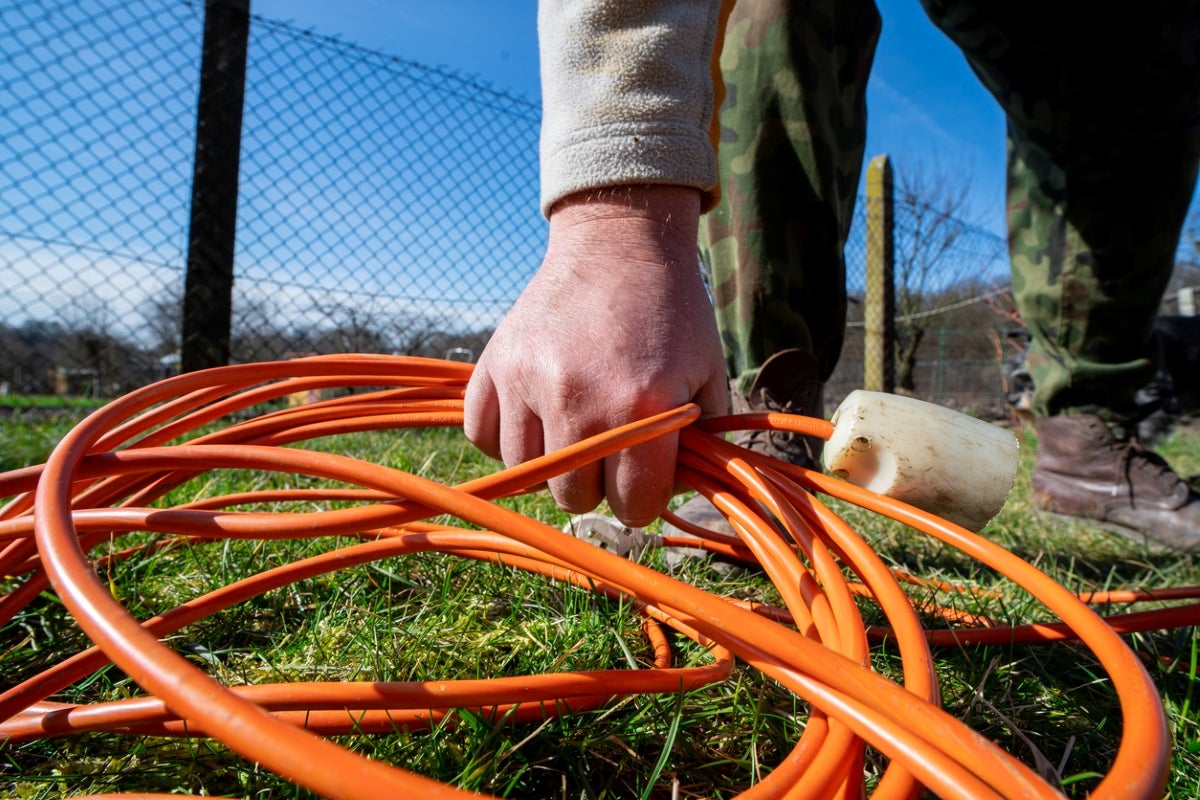
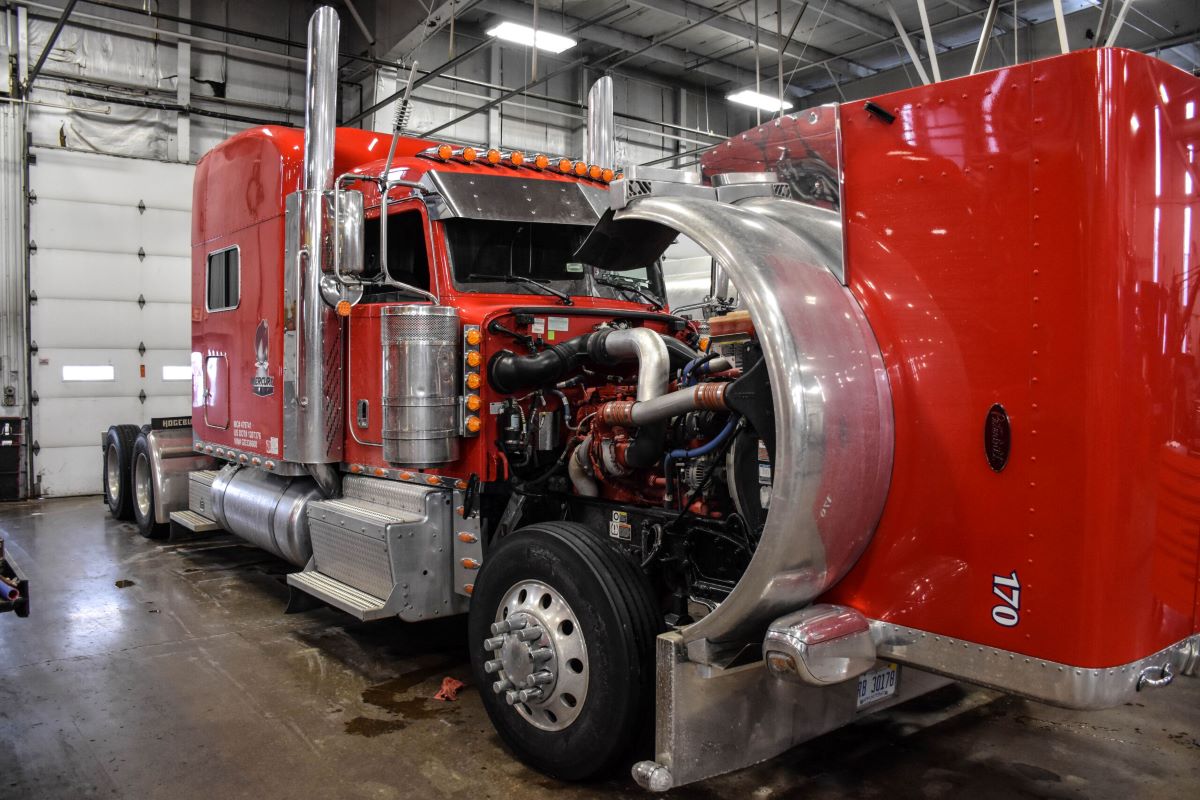
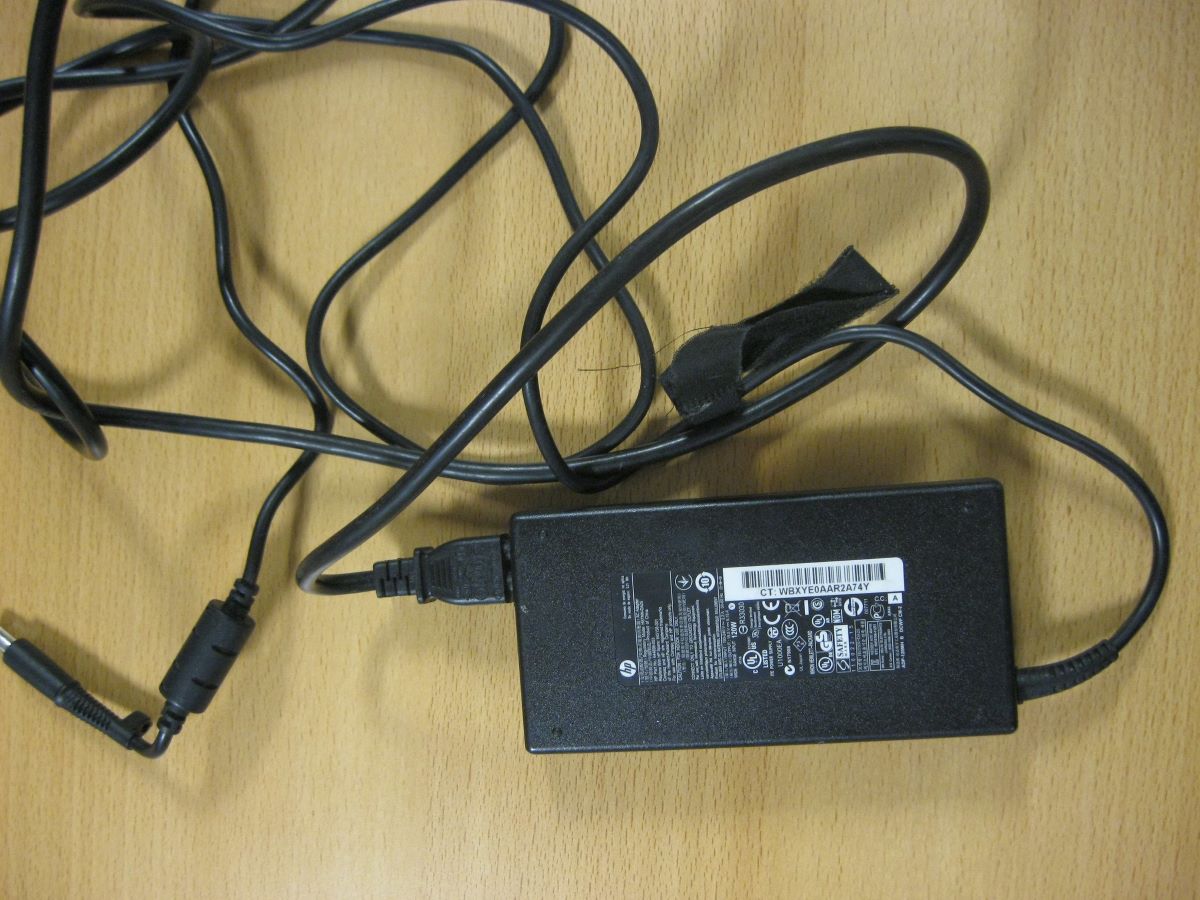
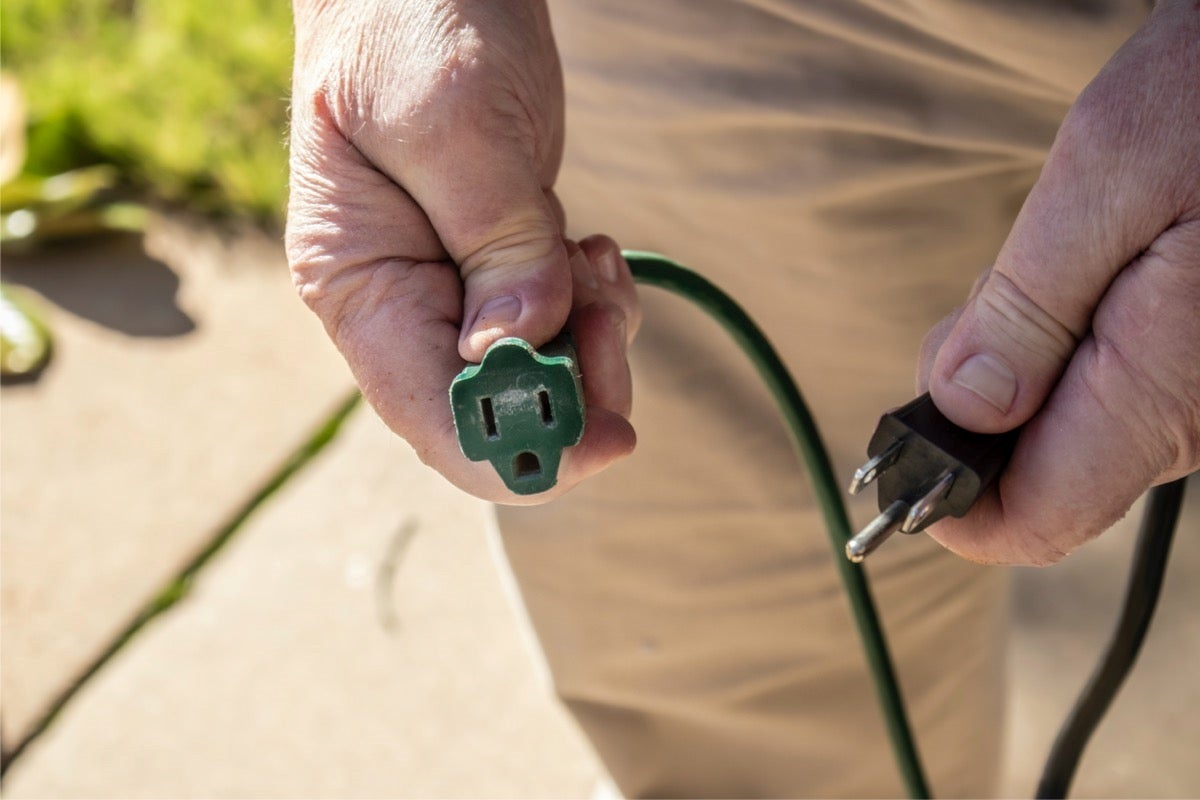
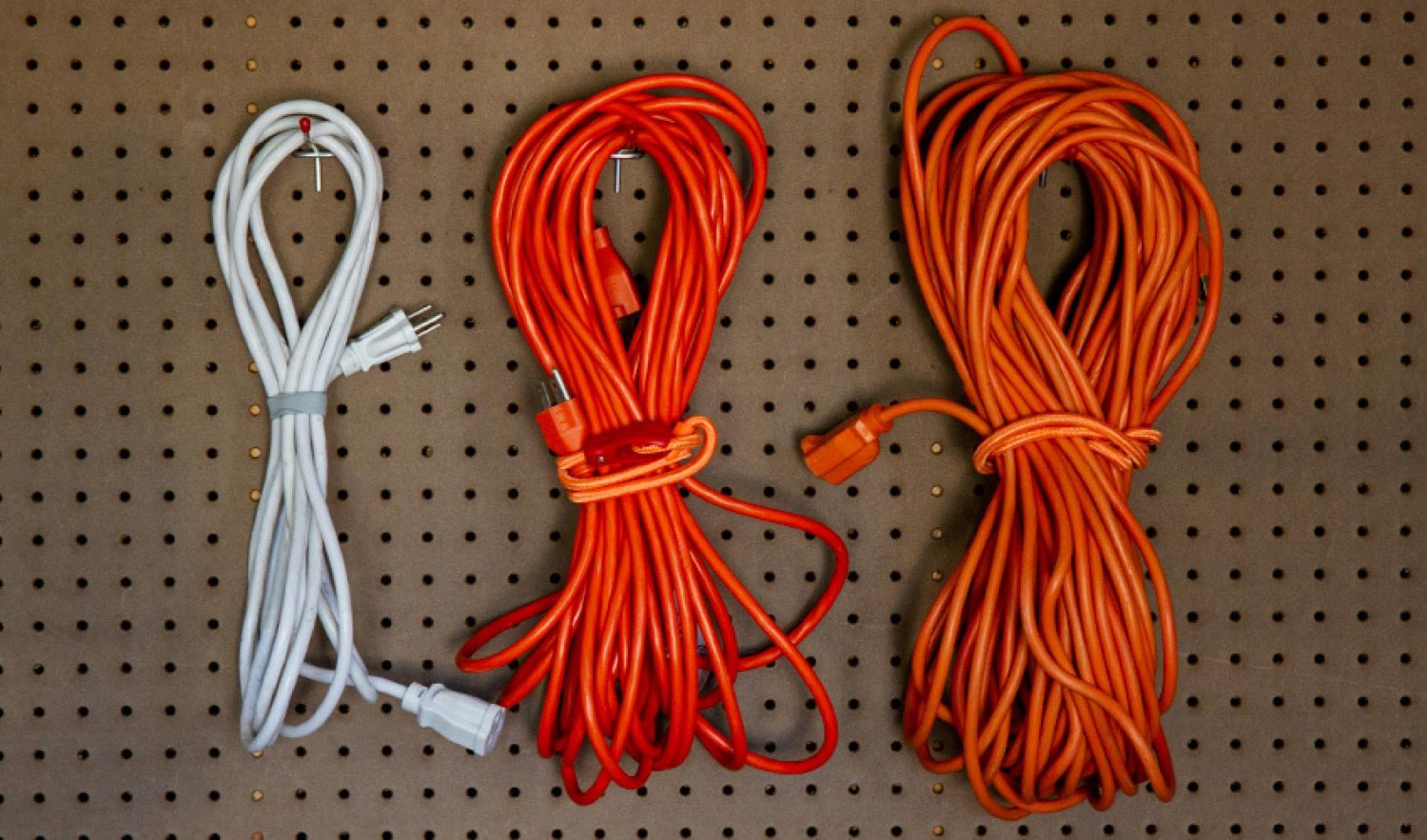
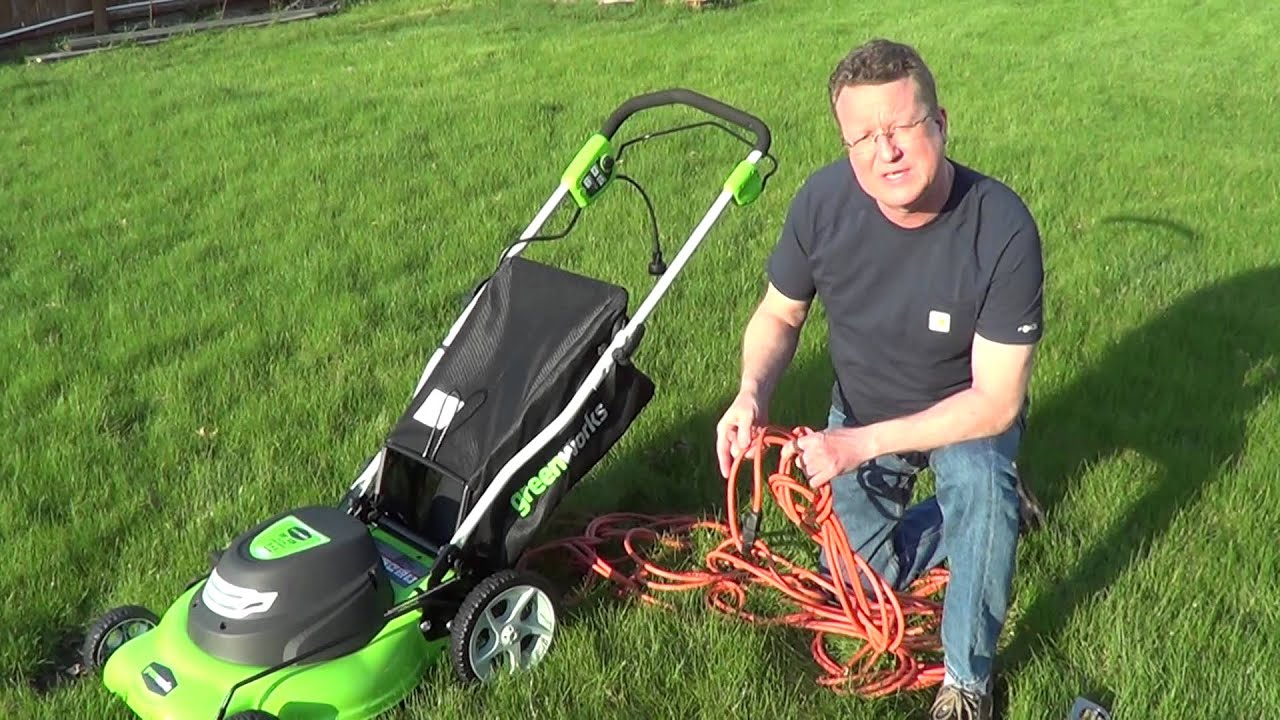
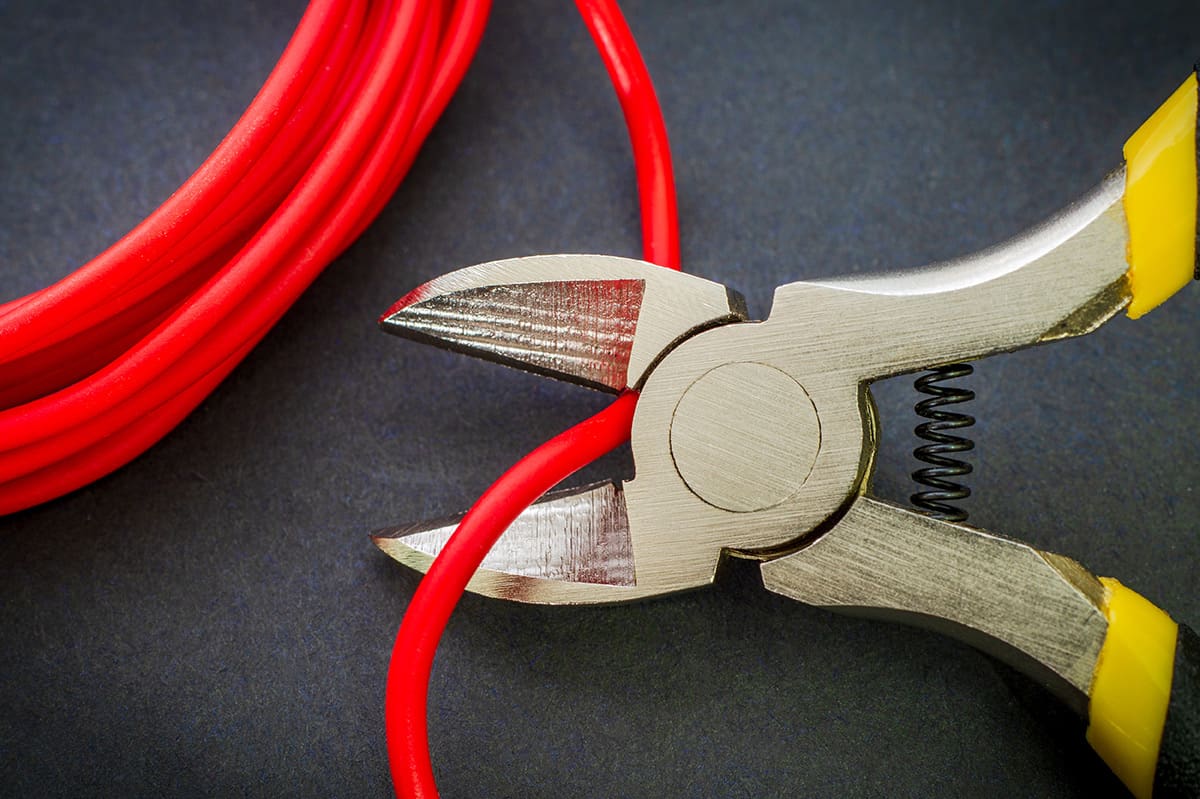
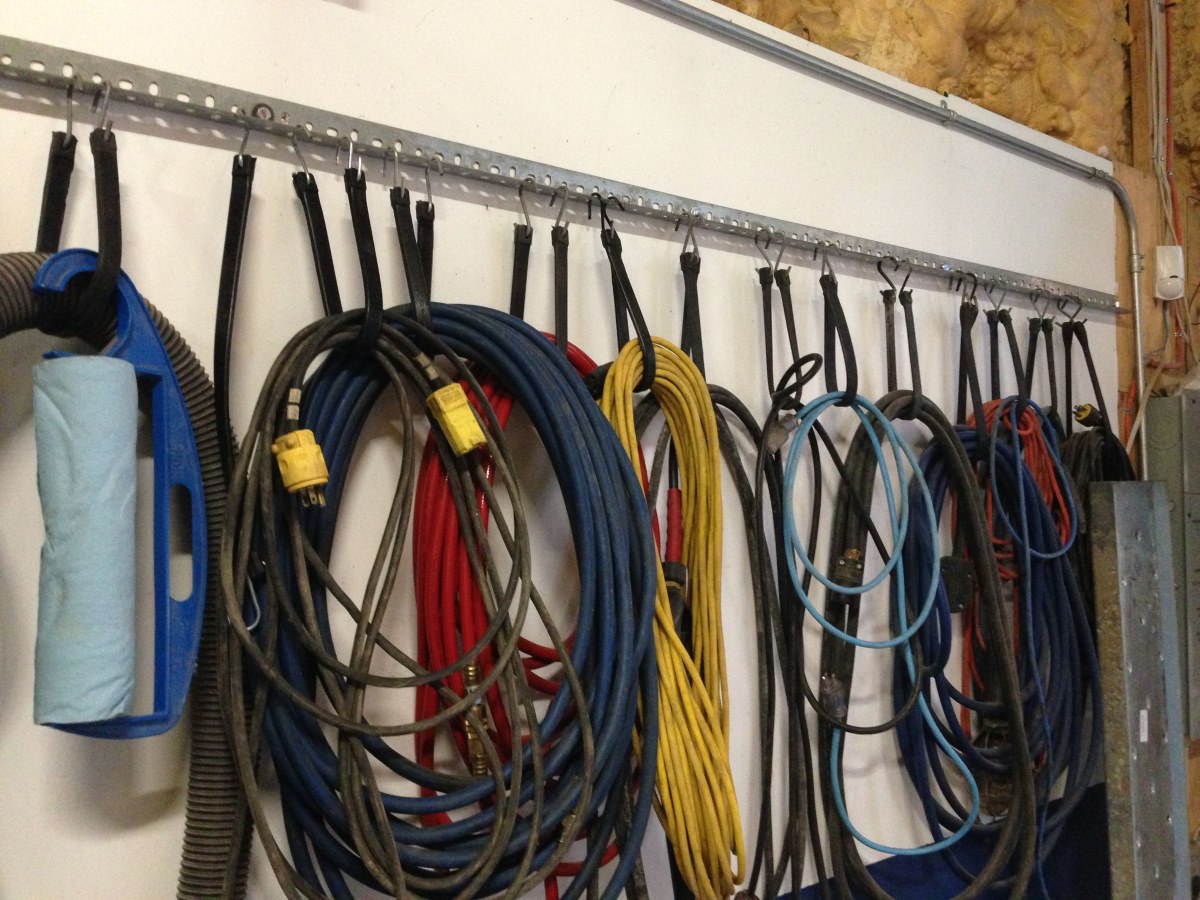

0 thoughts on “How To Select The Appropriate Electrical Cord For Your Needs”